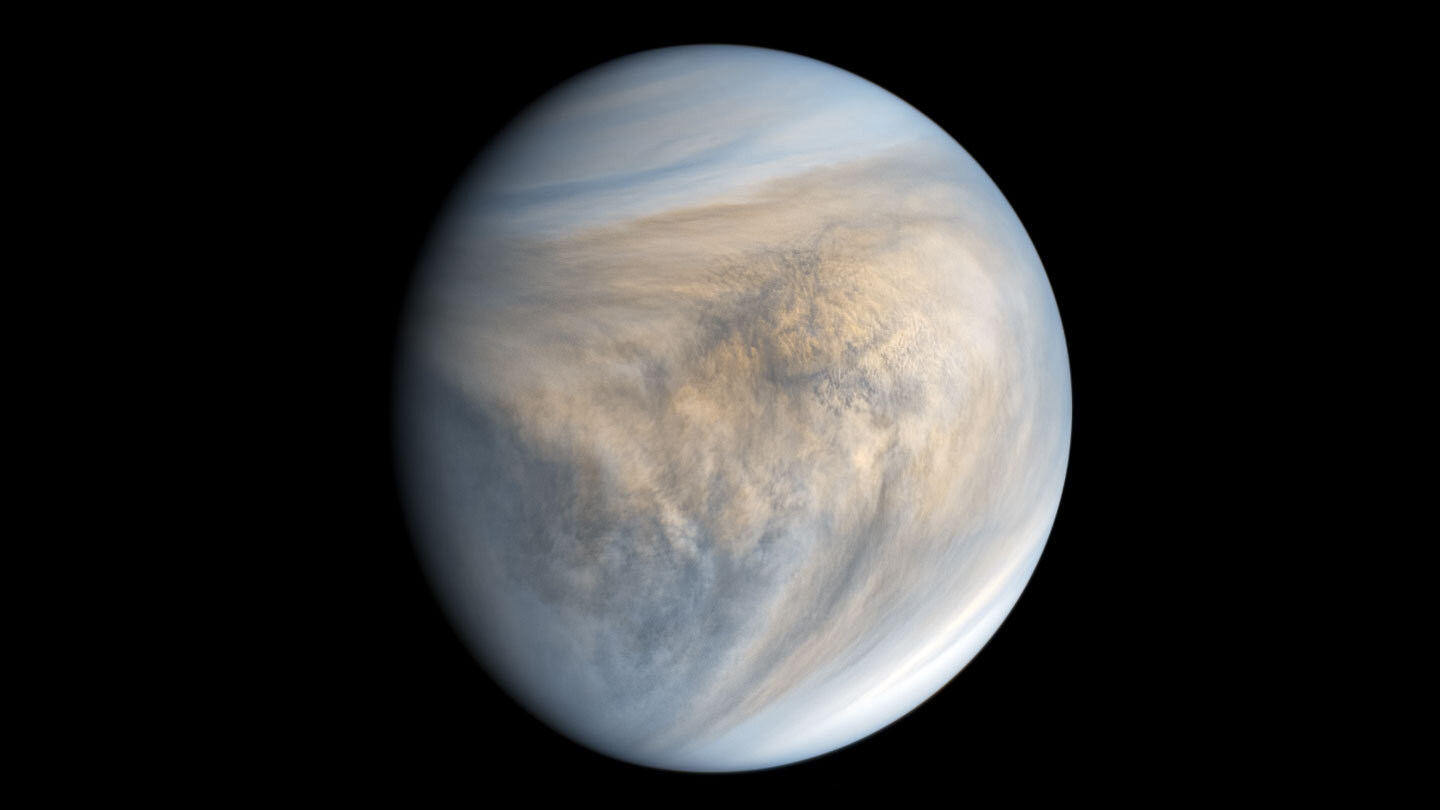13.09.2023
Probes that will spend time in the planet’s clouds may not need protection from lightning

Occasional flashes light up Venus’ shroud of clouds. Previous analyses have hinted that the bursts of light could be lightning in the hellish world’s atmosphere. But a new study suggests most of the flashes may be nothing more than the brief yet brilliant blazes of meteors.
With upcoming missions planned for Venus, scientists are eager to figure out the light’s origin (SN: 6/2/21). If the flashes are lightning, the electrical phenomenon could pose risks to future probes dropping through the Venusian atmosphere or carried by balloons for extended periods in the planet’s clouds, says Claire Blaske, a planetary scientist now at Stanford University. Small meteors that burn up in the atmosphere, however, wouldn’t pose much of a danger.
211 Views

